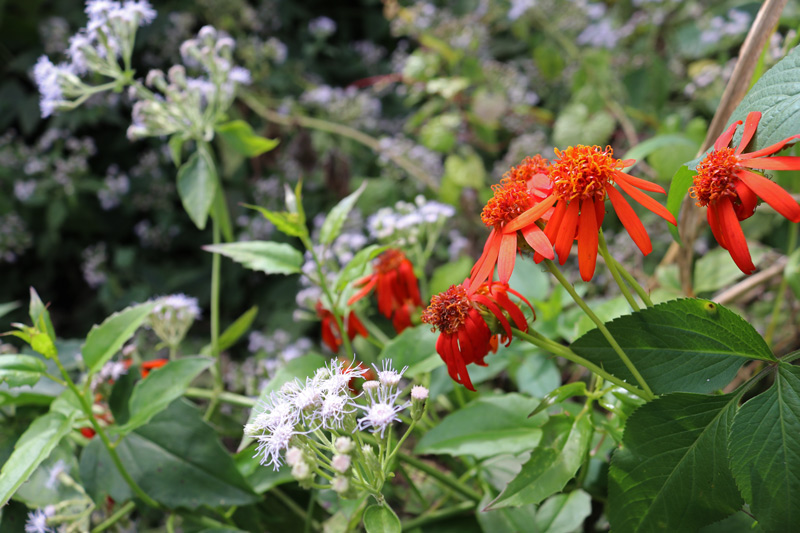In case you needed more evidence:
In 2018, researchers from ETH-Zurich and the University of Hawaii spread 30 dump trucks worth of coffee pulp over a roughly 100′ x 130′ area of degraded land in Costa Rica. The experiment took place on a former coffee farm that underwent rapid deforestation in the 1950s.
The coffee pulp was spread three-feet thick over the entire area.
Another plot of land near the coffee pulp dump was left alone to act as a control for the experiment.
“The results were dramatic.” Dr. Rebecca Cole, lead author of the study , said. “The area treated with a thick layer of coffee pulp turned into a small forest in only two years while the control plot remained dominated by non-native pasture grasses.”
In just two years, the area treated with coffee pulp had an 80% canopy cover, compared to just 20% of the control area. So, the coffee-pulp-treated area grew four times more rapidly. Like a jolt of caffeine, it reinvigorated biological activity in the area.
The canopy was also four times taller than that of the control.
Thank you for forwarding the article, Amanda. I actually picked up a five-gallon bucket of coffee grounds from a local shop this morning.
This article reminds me of the forest that grew where a company dumped tons of orange peels.
It’s terrible how much food waste ends up in the landfill. We’ve now got two local businesses giving us food scraps and coffee grounds. A third company has let us get lots of rotten wood shavings. The food scraps feed livestock and the compost pile, and the grounds feed the vegetables. It’s a marvelous thing.
I’ve considered getting another restaurant to contribute, but we’re already spending a few hours a week picking up and processing the “waste” we’re using now. Maybe if we get more pigs. Though if some company wanted to dump a few tons of coffee grounds out in my pasture, I wouldn’t complain.


2 comments
My wife’s hobby is to get to the local Starbucks to get the large garbage bags of coffee grounds to dump on the garden. It is free, and they are happy to get rid of it, I just feel guilty because there is keen competition among gardeners for those grounds.
The pulp from the coffee cherries is supposed to be something of a problem for the growers since they have to get it off the beans to dry them, It is nice to know that composting is a good use of it.
This makes me wonder if I could get some free pressed grapes from the local wineries during the pressing season. I just have to find out what chemicals they use in the vineyards.
I dump my coffee grounds in the front flowerbed every morning. It was just sand and a thin layer of bark chips, dry and dead, when we moved in. Very small space, but fun as a limited-scope experiment– I’ve also dumped a bunch of leaves in there. There are about five melon-sized decorative rocks left from some previous resident’s landscaping attempt, and they’ve become worm-feeding stations. I dug up the whole bed first thing to plant flowers and stuff, and there was nothing alive in there. Not even a roly poly. Was kind of afraid it had been poisoned. Now, whenver I have a banana peel or other scraps, I just go tuck it under a rock. And it is *alive* under there now. Worms, millipedes, roly polies, beetles, all sorts of things. It doesn’t dry out under the rocks, so they like it there. 2-3 inches of moisture-retaining black soil over the whole bed, now, without ever importing soil.
I have heard people go on about not putting on too much coffee grounds because of over-doing some mineral or other. Been dumping all my grounds into that ~3×6 bed for over a year now, and no problems at all. Either people worry too much, or it’s one of those problems limited to arid or poorly-drained gardens.
Comments are closed.